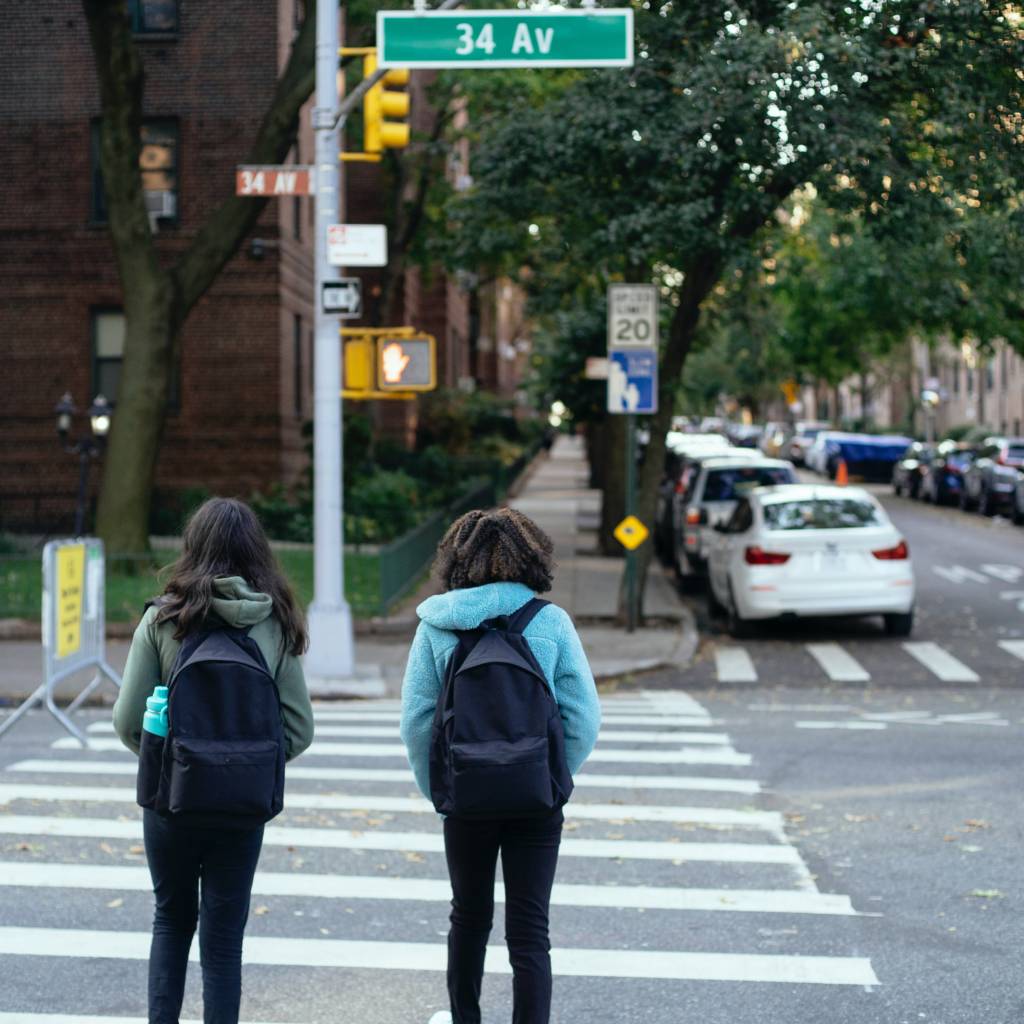Pedestrian School Children Injuries in School Zones are a Major Health Issue in U.S.
 Pedestrian Crosswalk Signs
Pedestrian Crosswalk Signs
One of the biggest urban health problems in the United States currently is injuries to pedestrian children in crosswalk areas. Representing just one, but a big portion of the roadway issues. Thousands of pedestrian children are struck every year because of careless drivers not paying attention to the roadways or signs on them. When these collisions happen, it costs children not just injuries and hospital stays but also can cost them their lives. Those who are more likely to die because of these injuries are children between the ages of 5 and 9 years old.

Slow Down in Crosswalks for Pedestrians
Slowing your vehicle down in school zones, as well as other crosswalks, is one of the best ways to save lives and keep this from happening. Not all school zones have speed limits listed or require drivers to slow down. It is important that you slow down to a manageable speed that gives you enough reaction time to stop your vehicle in time. Saving a life is worth the extra time.
Even if there are no signs, slowing down in these areas is a guaranteed way to keep everyone safe.
To put this in perspective, a pedestrian struck by a moving vehicle going 20 mph is two-thirds less likely to be killed by it compared to someone who is hit by a vehicle going 30 mph. It was shown in studies that pedestrian children are three times more likely to get hit by a moving vehicle when the speed limit is higher than 25 mph. This means slowing down and giving yourself enough reaction time is enough to save a life.
Those drivers speeding through these zones need more time to react to their surroundings. Not just that, but those children in these zones are too short to see the oncoming traffic. This also means that drivers may not see them right away, either. This is a deadly combo for anyone on the road and those children unable to see. This is why school zones are so important to SLOW DOWN.
Fighting the Accidents in Crosswalk Zones
To combat this type of driving danger in school zones; cities, states, counties, and all municipalities have made specific laws pertaining to driving in school zones and across crosswalks to keep pedestrians safe. These laws continue to become stricter. The speed limits in the areas when school is in session are usually restricted to a lower mph to deter anyone from driving fast through school zones. Not just that, but the fines for speeding in school zones are higher, also hoping to reduce school zone accidents and deaths.
 This is to ensure that drivers slow down while they’re in school zones, and keep children and pedestrians crossing and around school zones safe from oncoming traffic. Additional statistics have been made available from the NHTSA. This information helps to put the number of pedestrian injuries and deaths into perspective. Observing around 39,000 students in school zones in 2016, the studies have found:
This is to ensure that drivers slow down while they’re in school zones, and keep children and pedestrians crossing and around school zones safe from oncoming traffic. Additional statistics have been made available from the NHTSA. This information helps to put the number of pedestrian injuries and deaths into perspective. Observing around 39,000 students in school zones in 2016, the studies have found:
- 1 in 6 middle school children and 1 in 4 high school children were distracted while walking.
- Almost half of all students were wearing headphones, 18 percent were talking on the phone, and 7 percent were doing a combination of things.
- 80 percent of all students were observed not crossing in the crosswalk zones, while also not observing oncoming traffic.
Also in these same school zones, it was observed:
- 4 out of 10 of the schools had their speed limits set at 20 mph.
- 1 in 3 drivers was distracted while they were driving in the school zones. Whether they were texting, stopping in the middle of a crosswalk, or even double parking; they weren’t paying attention to their surroundings.
- 3 out of 10 of all crosswalks were not marked.
The studies also show that after-school hours are those that yield the most fatalities for a pedestrian than any other hours in the school day. It was also shown that 1 in 4 of these children involved in a fatality happened between 3 and 7 PM.
Keeping school zones safe is one of the biggest and best things you can do as a driver, and as a human, especially for pedestrians. Slowing down in these school zones, or stopping for school buses can keep more kids safe. You want to keep everyone safe while in a vehicle, and you should do your part to do so.

